In all our years covering the latest expos, we've been confronted with some pretty impressive-looking gear.
This can range from high-modulus carbon monocoque frames and aerobars spawned from NASA, to tri-suits constructed from material that claims to regulate body temperature while keeping you more streamlined than Sebastian Kienle in full flow. At the helm of this seemingly advanced flotilla of equipment is a band of marketing experts and technical bods hammering home how impressively fast their gear is.
An example from a recent bike show: "This is the fastest wheel around. The depth of rim is proven to be the fastest around in crosswinds and front winds in the wind tunnel.' Onto the next stand: "Wind tunnels are inconsistent and don't give you real-world results. We spend our budget on R&D. We know our wheel is faster. Just feel the smoothness of that rim...."
To be fair, it's a highly competitive industry and, beyond the hyperbole, the majority of gear that hits the market, if used correctly, should assist performance. The problem is, it's also a confusing and fickle industry, where perceived norms constantly change.

Where once the run market was vocal on the benefits of cushioning for slashing injury and improving performance, a series of studies questioning this stimulated the rise of minimalist trainers. Where once thinner tyres were accepted as the fastest, now tyres up to 28mm wide are seen as the swiftest rollers.
It can be a jungle out there. To cut a clearer path to what's proven and which gear the speed jury is still out on, we've examined the latest research, interviewed respected experts and used experience gained from many years of testing to assess whether these 12 items of gear and techniques justify the claims. It's time for a bit of data-crunching...
Nine gear upgrades for long-distance triathletes
Bike crank length
Traditionally, longer cranks were thought to generate greater power because of increased leverage. But times are changing. "The crank length dictates range of motion," says Retül bike-fitter John Dennis. "The issue you run into is that at the top of the pedal stroke the longer the crank, the more your knee and hip need to flex to clear that 12 o'clock position."
You don't want crank length to be a limiting factor when riding in a low, aero position. "Ideally you'd have an expert assess your flexibility," adds Dennis. "If you're not mobile enough, a shortening of crank will take a load off the joint through the top of the pedal stroke." What's short is open to question. Some think 170mm, others 150mm. In short, if you're feeling squeezed at the top of the pedal stroke, try a shorter crank.
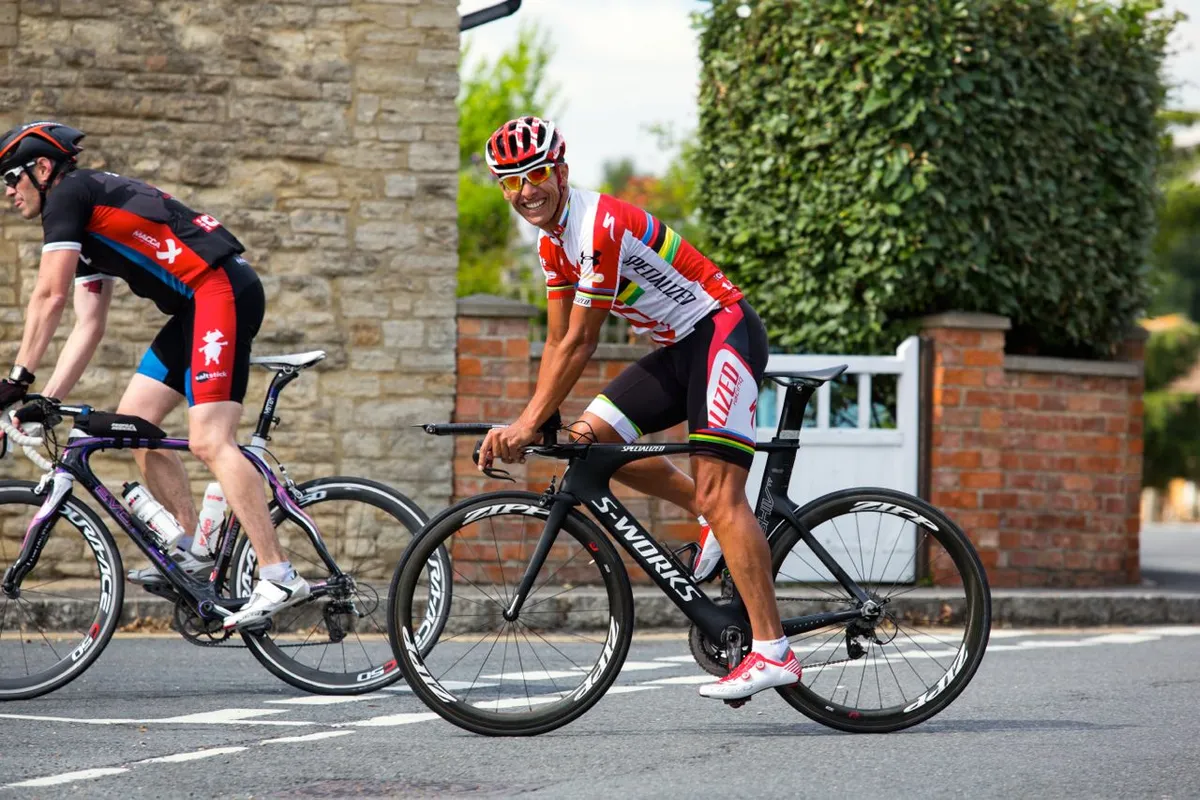
Caffeine
The performance benefits of caffeine have been proven by many studies. Those benefits include sparing glycogen stores by mobilising more energy from fat and lowering perceived exertion. Broadly speaking, caffeine intake of 3-5mg per kg body weight elicits caffeine's ergogenic properties. Anything over that can lead to increased heart rate and nausea.
So ingesting the correct amount is vital; but are we getting enough? SiS's Go Gel Caffeine Berry contains 75mg of caffeine, with no more than four recommended each day. However, is that enough? Take an athlete of 70kg and prescribe the optimum ergogenic level of 5mg caffeine/per kg and peak levels would be achieved at 350mg.
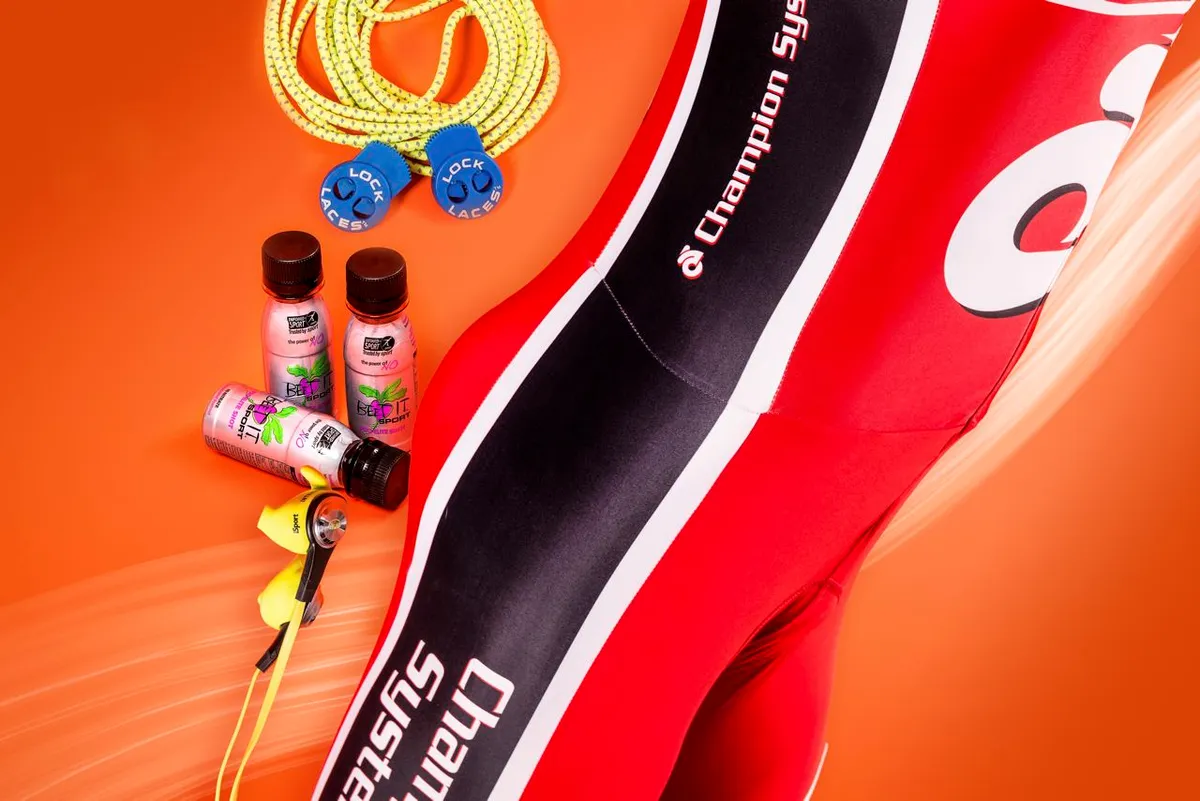
The max you can ingest via these gels is 150mg, and that's ignoring the fact you'd stagger ingestion over an hour and so wouldn't reach the 150mg mark. SiS have erred on the side of caution to prevent unwanted side effects, but whether they've undercooked it depends on the user. There's an argument, especially for habitual caffeine users, that it's best to go for SiS's Double Espresso gel, which has 150mg of caffeine.
Triathlon nutrition - our ultimate guide to fuelling
Triathlon laces
You dismount from the bike leg of your life, legs feeling strangely strong and all that's needed is to slip into your run shoes. Just overlap that lace with that one, tie that bit, add a knot... nope, loop too large. Try again.... That's why triathlon laces were invented and, in this case, you don't need science or the labs to prove their worth.
They come in many forms, including models from Greeper, Nathan and Xtenex, but the principle is the same - a simple jolt of the lace or locking mechanism and you're away. If you're particularly clumsy, you can save up to a minute in T2 by using triathlon laces over conventional versions. And, unlike many of the speed gains around, they're affordable. A gimme for all levels of triathlete.
Eat beetroot
You can't visit an endurance expo without a thimbleful of Beet It drink being thrust into your hand. Beetroot's mooted as a legal performance-enhancer because the nitrates within flow into a biochemical pathway that converts them to nitric oxide. Studies have shown this conversion has the effect of reducing the oxygen cost of low-intensity exercise and extending the time to exhaustion in high-intensity exercise.
One such study was led by Professor Andy Jones and his team at Exeter University. They had 10 healthy males consume one, two or four shots of Beet It 2.5hrs before moderate to high-intensity cycling, and found that taking two or four shots of beetroot juice reduced VO2 levels during moderate-intensity exercise.
In time to exhaustion, two shots performed better than four, lengthening efforts by 14% and 12% respectively. Other research at Penn State's laboratory in the US questioned the increased bloodflow claims, concluding that the positive effects were only apparent in high-intensity exercise. Either way, there's growing evidence that foods high in nitrates can improve your performance.
Music
It's banned from racing, but many of us, when safety allows, train to music. But does switching on a bit of Bieber offer anything more than a chance to deafen your heavy footsteps and breathing? Well, potentially, yes...
A series of studies by Dr Costas Karageorghis showed that listening to music could reduce the perception of effort, and therefore fatigue, by 12%. It must be noted, however, that this distraction tactic is attenuated at higher exercise intensities (>70% VO2max), so no good for fartleks or hill sessions.
https://www.youtube.com/watch?v=LEoxGJ79PMs
Music's also been shown to increase work capacity by psychological and physiological arousal - further heightened by training to music that has emotional resonance. For instance, many recreational athletes had Heather Small's Proud on their Walkmans after the Sydney Olympics as it was the British team's song.
Beyond Small's booming voice, the key is that you choose the rhythm, melody and tempo to suit the session. An intended low-intensity jog to the tune of Prodigy's Firestarter may end up with you bonking.
Red clothing
If you're seeking out victories, wear red, bike red, run red. Experts believe red boosts confidence in the wearer and is perceived by the opposition as being aggressive and dominant. German sports psychologists at the University of Munster support the claims. They showed video clips of taekwondo to 42 referees.
One fighter wore red, the other blue. They then showed them the same clips, but manipulated the clothing to swap colours. The combatants wearing red were given an average 13% more points than when they wore blue. It certainly worked for Uplace-BMC triathlon team, who won 21 times in 2014 and finished on the podium 46 times!
Deep-rim wheels
Choosing a deep-rim wheel is a hazardous exercise, each manufacturer purporting that wind-tunnel data shows their hoop is fastest. But broadly speaking, when it comes to ideal aero rim depth, anything between around 45mm and 60mm is a good middle ground for aerodynamics versus handling. If the course is hilly, a lighter-weight 30mm rim is advised.
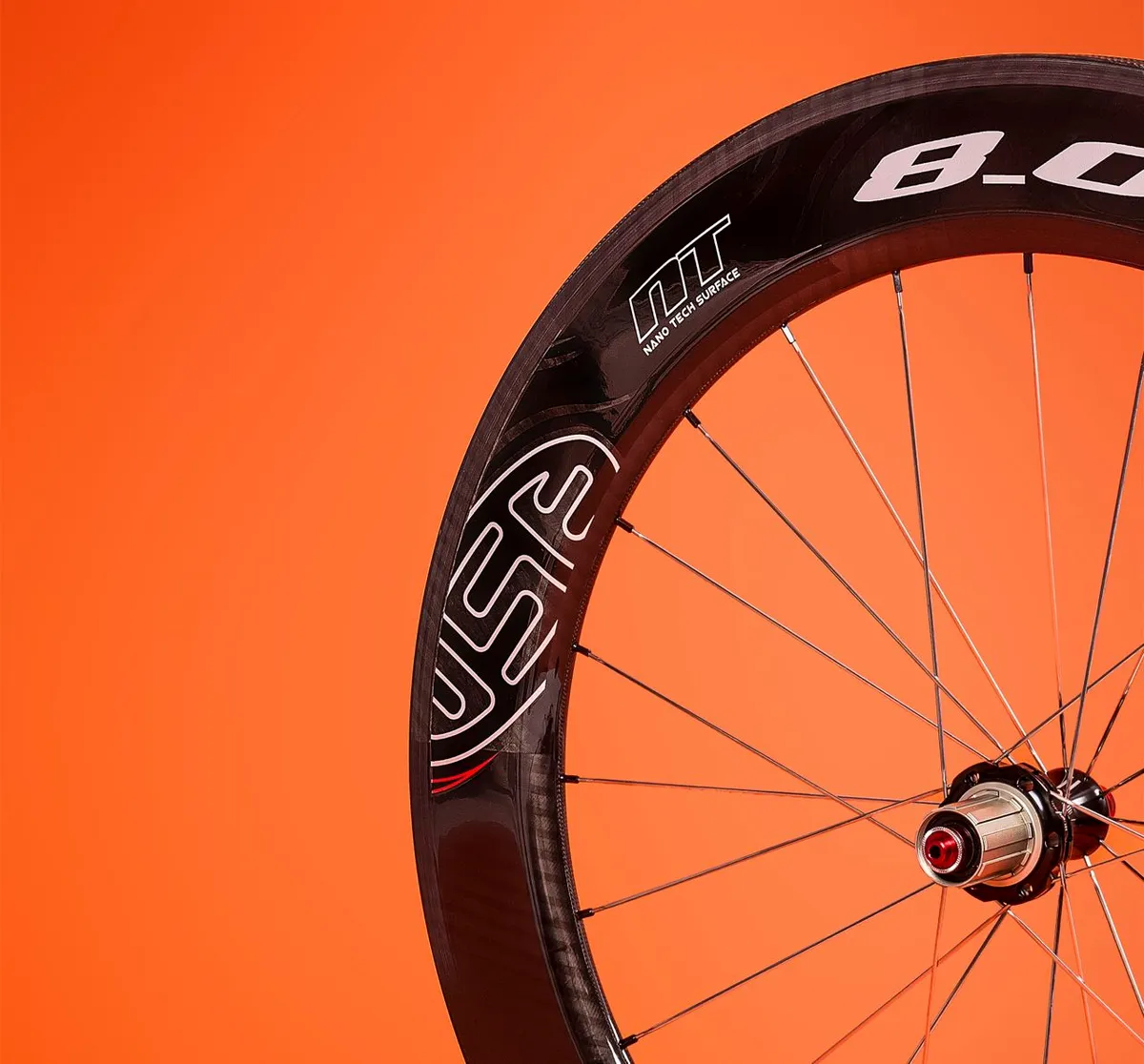
"Rims are tricky, because it's one thing to achieve a low-drag rim when there's no wind, but making a rim that's low drag and insensitive to cross wind is a different matter," says Rob Lewis, managing director at TotalSim, experts in computational fluid dynamics. "However, get it right and you can expect to save 2-3% in drag."
That's worth saving in anyone's book, but there are still hurdles to overcome. Over to Paul Lew, director of technology at Reynolds Cycling: "The most proficient aerodynamic performance requires a tyre diameter smaller than the rim width. It allows the separated air from the tyre to reattach to the rim surface, whereas a tyre with a larger diameter than the rim may create a situation where the air doesn't reattach, thereby negating the benefit of a deep-section rim."
Aerobars
It's hard to dispute the impact aerobars have had on professional sport. Greg LeMond used them to devastating effect in 1989 when he overturned Laurent Fignon's 50-second advantage to win the final-stage time trial and, with it, the Tour de France. Then there's Chris Boardman's 1996 track hour record of 56.375km, spread out on his über-long aerobars in the Superman position.
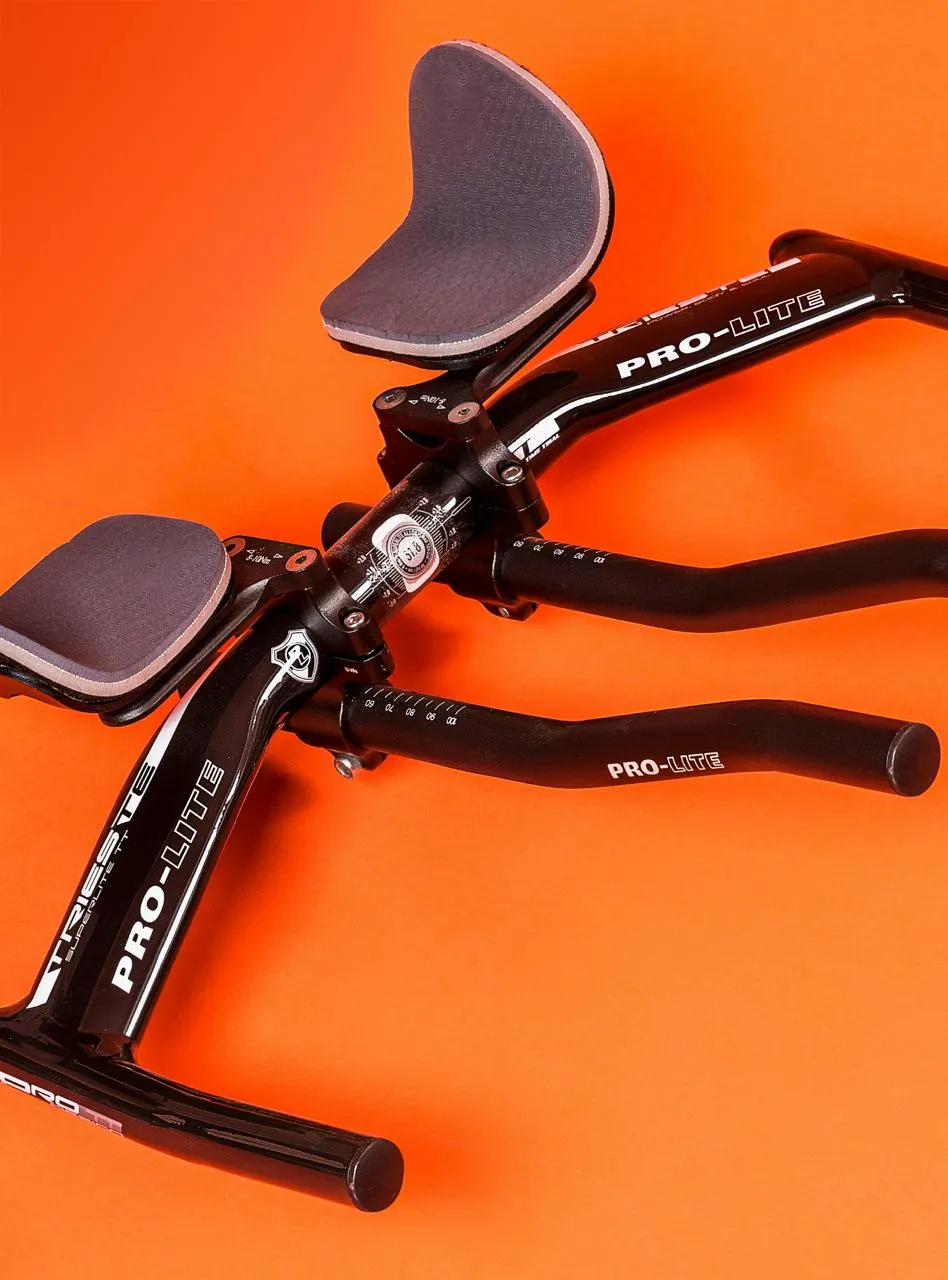
But that's for athletes riding at 30mph-plus. What about us age-groupers? "We've conducted studies in the wind tunnel that showed an athlete riding with and without aerobars at 200 watts cut 2% drag over a 40km bike with aerobars," says Total Sim's Rob Lewis. "It worked out as a saving of over 35 seconds."
Just remember that set-up is key, whether you're using a one-piece or clip-on. There's no point being as slippery as an eel if your legs are so scrunched up you can hardly breathe.
Read our guide to the best aerobars
Explained - when to go down on to the aerobars
Bike tubing
Chris Boardman's pursuit of Olympic gold in 1992 sent him aboard the Lotus 108 - a bike so curvaceous it could only be shown after the watershed. Boardman's power and aerodynamics synced beautifully with the monocoque frame that acted like a sail. The 108 showed what a bike is capable of when a manufacturer's not constrained by the UCI's 3:1 ruling (where the cross-section of a tube can't be more than 3:1).
Ironman racing's not manacled by the UCI, so is there an optimum tubing shape to carve through the air? "How long's a piece of string," says Rob Lewis. "It's often limited by rules and that 3:1 ratio. Again, the best in no crosswinds might not be the right answer as, when the gusts blow, handling could be impossible. Also, it's not just about the drag on the tubing - it's the drag on bike and rider."
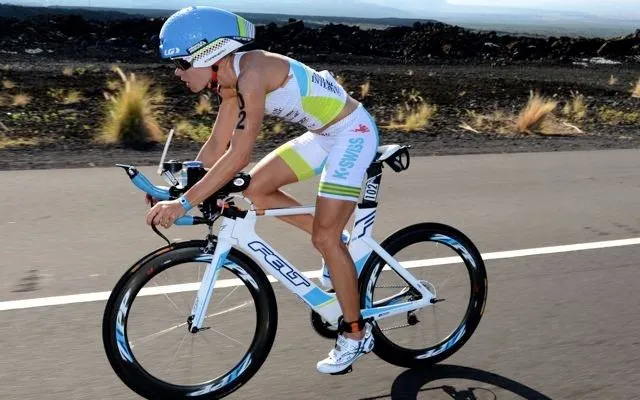
It's hard to wade through bike manufacturers' lofty claims and find clarity, but a brief performance comparison might help. At the 2013 Ironman World Champs, Mirinda Carfrae used Felt's IA for the first time in competition. The IA rode roughshod over the UCI 3:1 ruling and maximum tube depth of 80mm. With a shrouded external steerer tube, the head tube area on the IA has a depth to width ratio of 11:1! Felt argued that it added up to just 350g of drag. In layman's terms, a mooted 12:30min saving for Carfrae compared to her Cannondale Slice, which she used en route to winning the 2010 World Champs.
Read our guide to the best tri bikes
As it transpired, Carfrae rode Hawaii 2013 in 4:58:20 compared to 5:04:59 in 2010 and 5:12:18 aboard her Felt DA in 2012. Not taking into account any potential environmental differences and the fact Carfrae used smaller 650c wheels in 2013, that's a pretty impressive improvement. You also have to bear in mind that in 2013 Carfrae then went on to run the fastest marathon in Kona history, suggesting the IA helped her to preserve energy for the final leg. Either way, aero tubing's generally accepted as faster than traditional rounded.
No more flapping
You've done the training, refined your aero set-up on your five-grand Cervélo and are ready to race. All that's left is to attach your race number. Everything's fine beneath your wetsuit but, as soon as you exit T1, that race number's violently billowing in the wind. Goodbye marginal gains.
But it needn't be so, according to the team at Nopinz. Instead of creating drag and tearing holes through your tri-suit via good old safety pins, they've designed the SpeedWallet - a waterproof, transparent holder that contains your race number and sticks to your suit. No edges are exposed, so no extra drag.
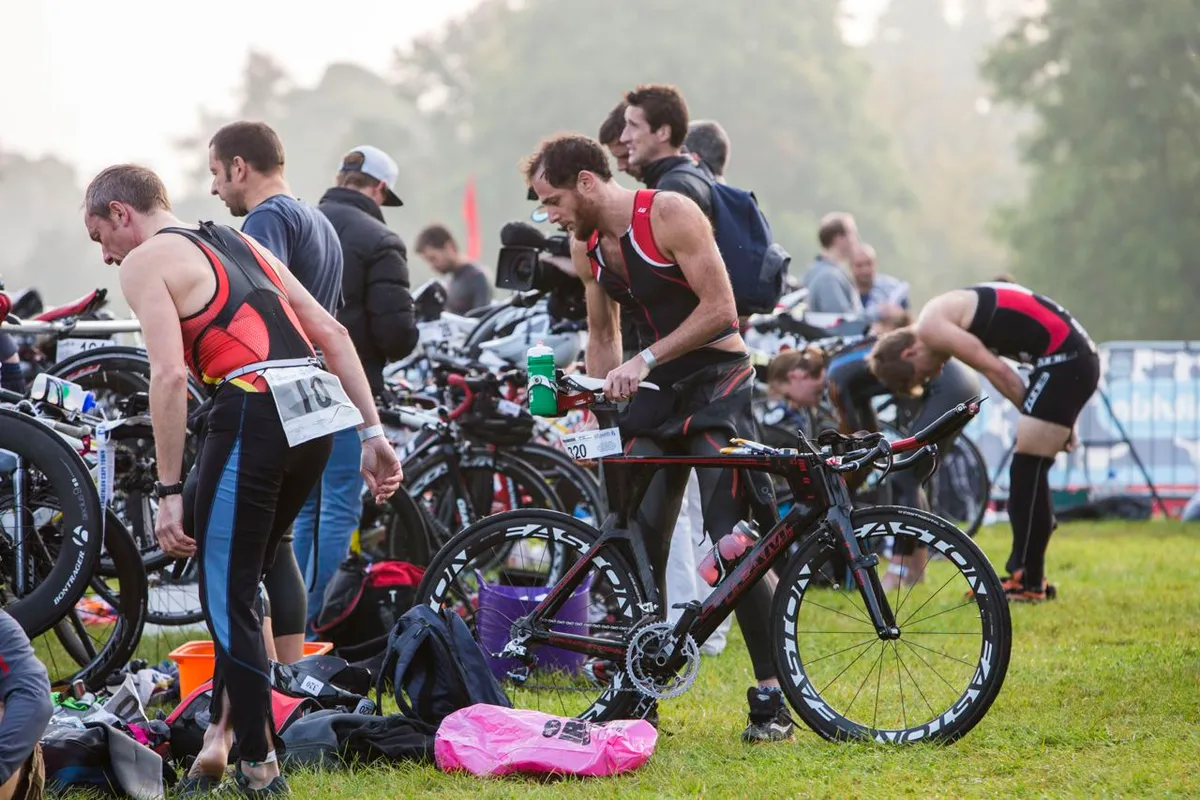
Research in 220 back in 2009 showed that a flapping race number added 27 seconds to a triathlete's 40km time when generating 270 watts of power. That's potentially more than you'd gain from some aero equipment and clearly much cheaper. Could this spell the end of the race organiser's safety-pin holder of choice - Tupperware?!
Tri-suits
The best tri-suits clamp everything into place and are the true clothing of choice for keen triathletes. Whether one or two piece, though the latter comes with a government health warning - are versatile cuts of material(s) that can cope with the varying demands of swim, bike and run.
Part of their multisport functionality is mooted as aerodynamics - and, as long as you achieve the desired close fit, there might be something in it. "A baggy suit or clothing combination could provide more than 20% drag compared to a good one," says Total Sim's Lewis. Just don't waste those marginal gains by stapling a race number to your top...
Tri-suits: what to look for
Shave your legs
In many quarters, a shaved man's leg is the source of much Alpha ridicule. Not in triathlon, where a shorn limb's a badge of honour. But why? The professionals contest that smooth skin's easier for masseuses and medics to work with. The aerodynamic benefits of "keeping trim' are, however, less well known.
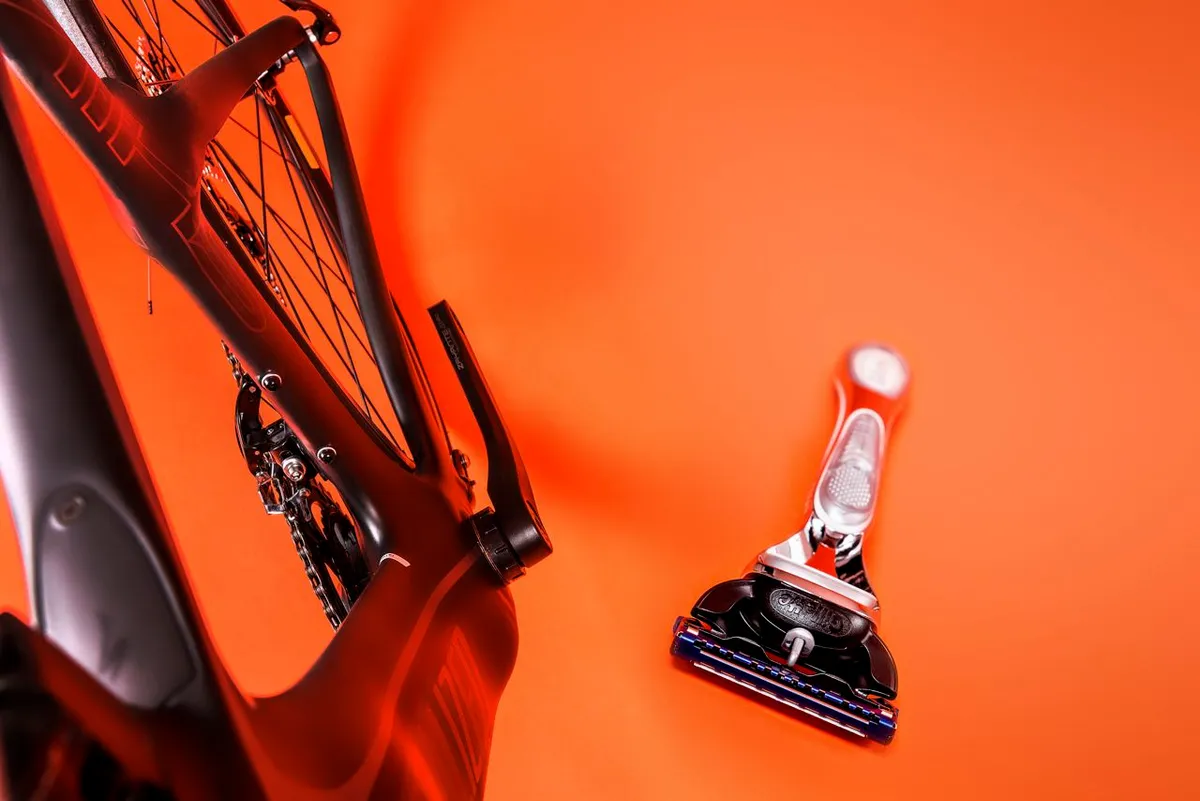
But, according to the head of research at Specialized, science says Tim Don and co need a shave. Mark Cote tested triathletes and cyclists in Spec's wind tunnel after rating their hairiness on the Chewbacca scale.
First up was the hairy, multiple Wildflower winner Jesse Thomas. At the start of the test he registered nine out of 10 on the scale. After two 60-second tests, Thomas was shaved and retested. Cote observed an aerodynamic difference that equated to 79 seconds over 40km. He tested five other athletes over a six-month period and an average 70-second saving came back, though Cote conceded the subject pool wasn't large enough for a significant conclusion.
Aero helmets
Of all the aerodynamic claims, those made for aero helmets are the simplest to understand. That slick teardrop shape flows seamlessly to your back for a smaller, sharper figure that offers less resistance through the air - an effect boosted by no or few vents.
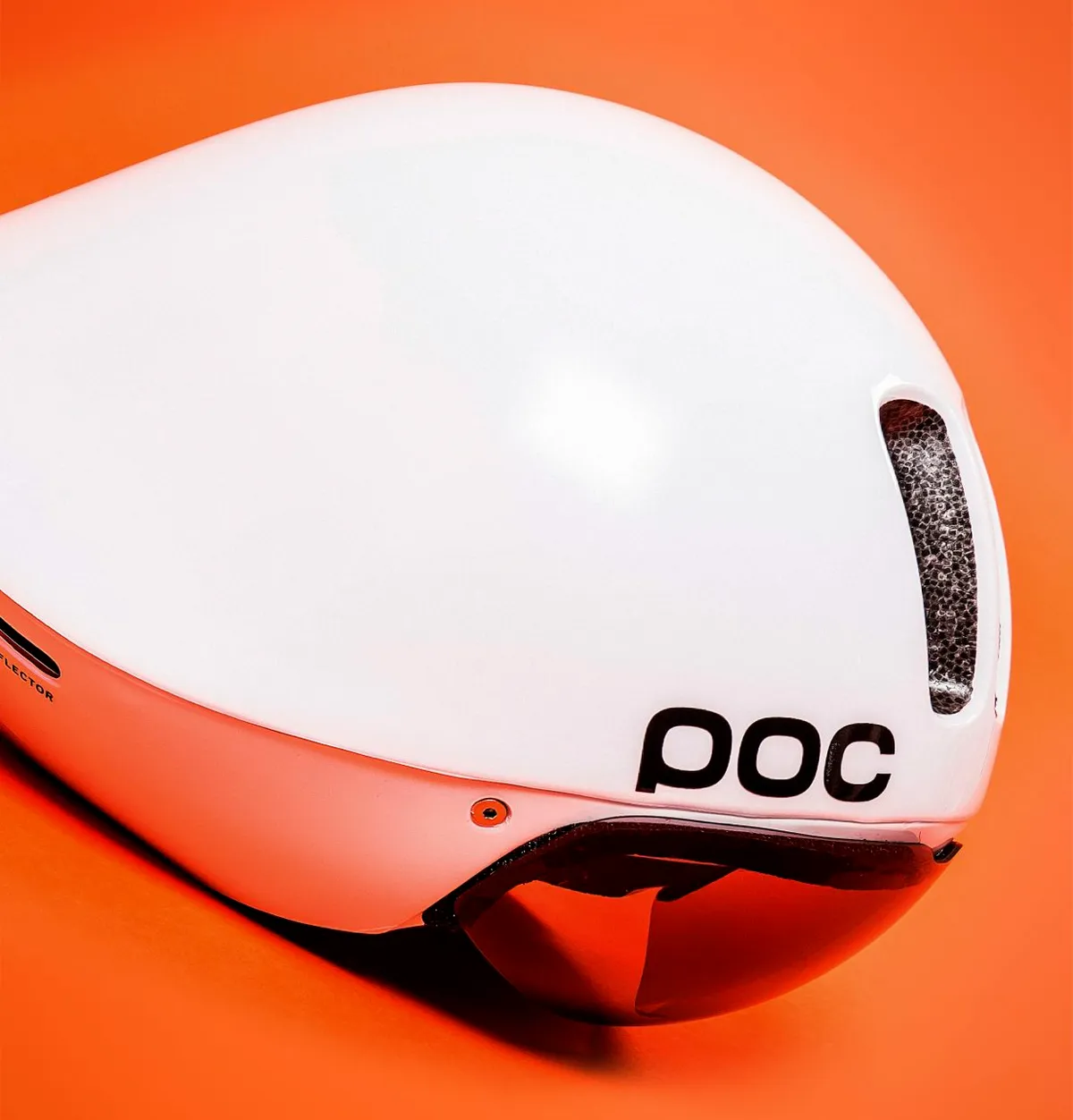
Numerous studies support the claims, with one study out of MIT Wind Tunnel in America showing up to 8% drag saving compared to vented helmets, equating to shaving off up to a minute over a 40km bike leg. That said, that was at 30mph. About 4% less drag is the norm, but remember: not only do you need a proficient aero position, there's also the potential for overheating.
Related
Aero cycling helmets: how to choose the right shape
Aero helmets for triathletes - how and why to use them
Wetsuit panels
Aussie wetsuit manufacturer 2XU introduced forearm catch panels to the world in 2009. "Essentially it's down to greater drag coefficient," says 2XU's UK marketing manager, Mike Martin. "The catch panels increase this drag and it's this resistance that's needed to pull more water and so go further with each stroke."
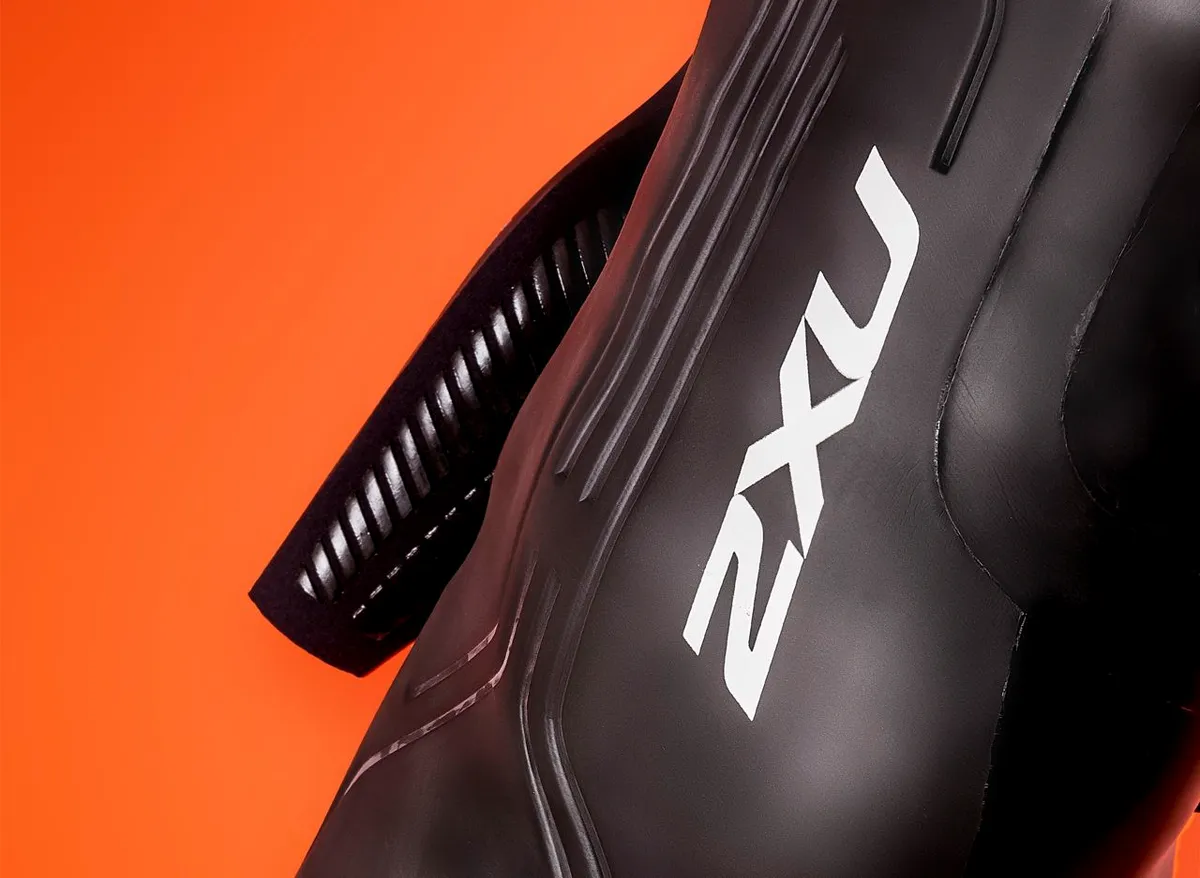
2XU also uses nano-silicone coating on the reverse of the panels to reduce drag coefficient once the catch is complete. Fans are using them in their droves, while purists argue they provide an unfair technological advantage.
2XU isn't the only company using such panels, but there are caveats. If the panels aren't aligned properly, only half is presented to the water. Some athletes have also had issues with fitting. Most importantly, your swim technique and fitness need to be of the highest order.
Read our guide on what to look for in a tri wetsuit
"If you've something like a lazy horizontal forearm, even with the panels you'll see very little propulsion," says Dan Bullock, head coach of Swim for Tri. "Strength's also an issue," Bullock continues. "My partner, [top age-grouper] Vicky Gill, wasn't strong enough to swim all 3.8km of an Ironman in them because it's a huge load on the shoulders."
Gill has a 9:42hrs bronze medal at last year's European Long-Distance Champs, so she's no weakling. But if you've ticked off the physical checklist, that increased drag coefficient could pay dividends.
What gear do you think gives the biggest gains?